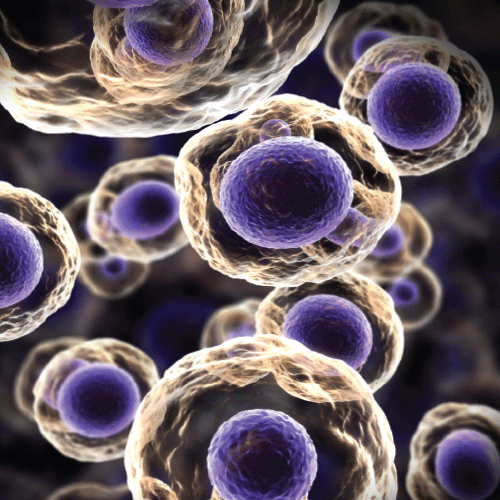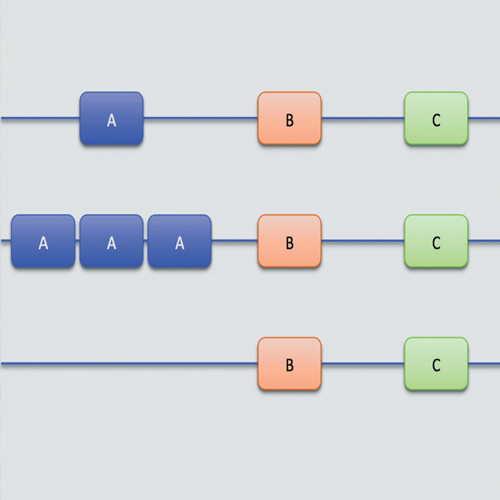Epigenetics
 While identical twins (twins who share the same genetic information) generally look alike when young, obvious differences often emerge as they age. The differences may be due to the varied environment of each twin – for example, one may lift weights and become very muscular while the other never exercises and gains weight. Recent advances in the relatively new field of epigenetics suggest an additional role for the environment in health and disease by altering the activity of particular genes. Activating genes to begin the protein-making process is a key area of study. By identifying the signals that turn genes on and off, investigators hope to understand not only gene function under normal conditions but also how improper on/off signaling may lead to disorders such as cancer, diabetes, heart disease and obesity.
While identical twins (twins who share the same genetic information) generally look alike when young, obvious differences often emerge as they age. The differences may be due to the varied environment of each twin – for example, one may lift weights and become very muscular while the other never exercises and gains weight. Recent advances in the relatively new field of epigenetics suggest an additional role for the environment in health and disease by altering the activity of particular genes. Activating genes to begin the protein-making process is a key area of study. By identifying the signals that turn genes on and off, investigators hope to understand not only gene function under normal conditions but also how improper on/off signaling may lead to disorders such as cancer, diabetes, heart disease and obesity.
Epigenetics encompasses modification to DNA, including the addition of small chemical tags called methyl groups. These modifications alter the patterns of gene activity, but do not change the actual DNA sequence. The modifications are not permanent but can be remembered across thousands of cell divisions and at times from parent to child. This field includes some of the most fascinating biological phenomena, including X-chromosome inactivation, imprinting (when the DNA copy inherited from a particular parent is silenced, while the other copy remains active) and cellular differentiation (see the article on stem cells, pg 48).
Studies of identical twins suggest that at birth, twins share similar patterns of epigenetic modification. As they age and are exposed to different diets and environments, the twins’ patterns become markedly different, leading to altered activation and silencing patterns.
Current research suggests environment alterations to these epigenetic patterns can change an individual’s risk for disease.
For many mammals (humans included), differences in diet and level of stress during fetal development and shortly after birth alter the pattern of on/off gene activity, leading to higher risk of obesity, Type 2 diabetes and cardiovascular problems. These observations have a number of clinical and public health implications.


